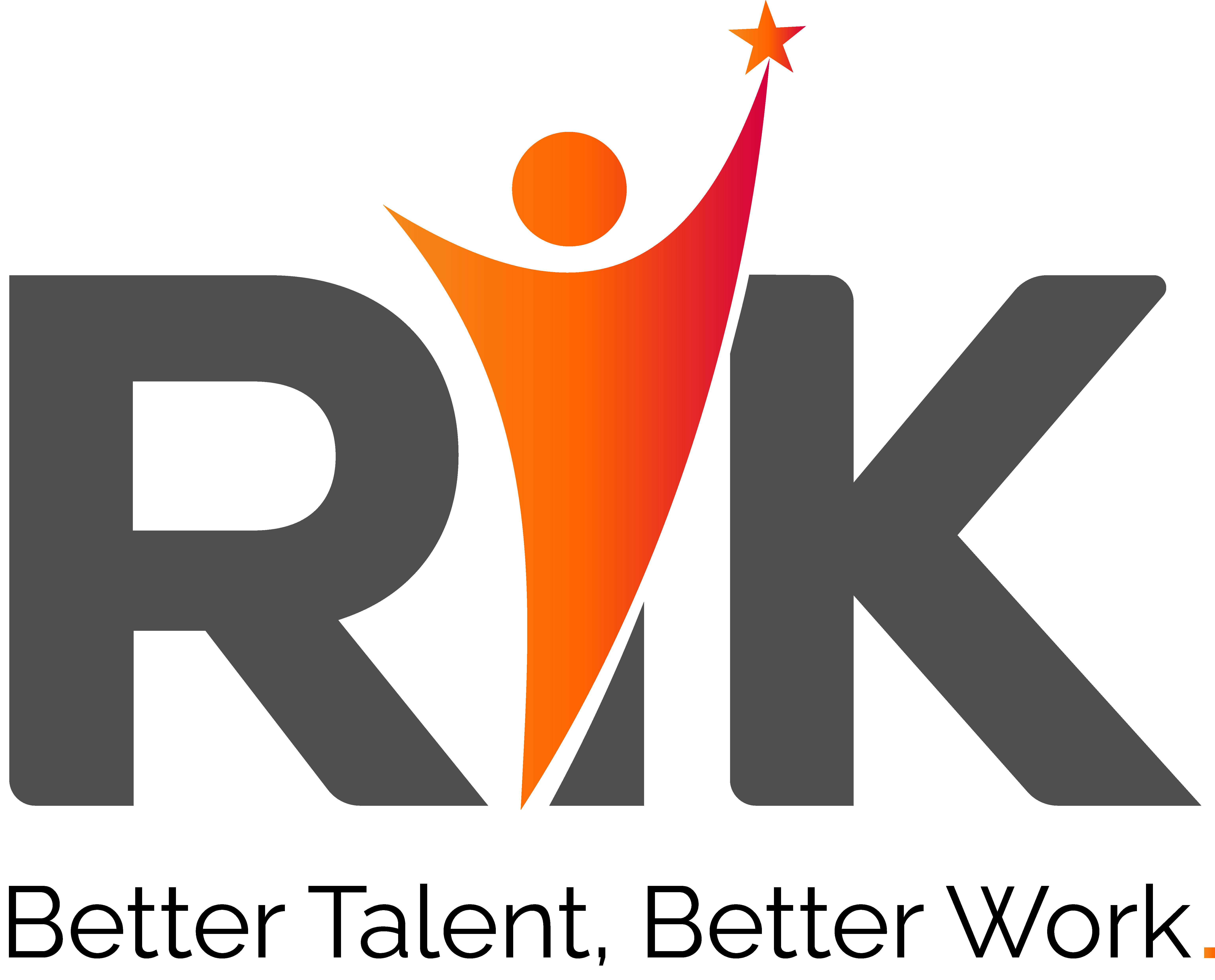Navigating the Current Trends in Workforce Hiring: Challenges and Benefits
In today’s dynamic business landscape, the process of hiring has evolved significantly, driven by technological advancements, changing workforce demographics, and emerging trends. Navigating these shifts presents both challenges and benefits for organizations aiming to build a resilient and diverse workforce that can thrive in an ever-changing environment.
Current Trends in Hiring
- Remote Work: The COVID-19 pandemic accelerated the adoption of remote work, leading many organizations to rethink their hiring strategies. Remote work offers access to a broader talent pool, allowing companies to hire the best candidates regardless of geographical location.
- Diversity and Inclusion: Companies are increasingly prioritizing diversity and inclusion in their hiring processes. This involves actively seeking candidates from underrepresented groups and creating inclusive work environments where all employees feel valued and supported.
- Skill-Based Hiring: Traditional qualifications are no longer the sole focus of hiring processes. Employers are placing greater emphasis on candidates’ skills, including soft skills such as communication and adaptability, alongside technical proficiencies.
- Flexible Work Arrangements: Flexibility in work arrangements, such as part-time schedules or compressed workweeks, is gaining traction as employees seek greater work-life balance. Offering flexible options can attract top talent and improve employee retention.
Challenges in Hiring
- Skill Shortages: Despite advancements in technology, many organizations struggle to find candidates with the right skills to fill specialized roles. This gap between demand and supply poses a significant challenge for recruiters.
- Bias in Hiring: Bias, whether conscious or unconscious, continues to be a prevalent issue in hiring processes. Addressing bias requires implementing measures such as blind resume reviews and diversity training for hiring managers.
- Retention Concerns: Hiring the right talent is only the first step; retaining them is equally important. High turnover rates can be costly for organizations and may indicate underlying issues with company culture or employee satisfaction.
- Competitive Market: In today’s competitive job market, attracting top talent requires more than just offering competitive salaries. Companies must differentiate themselves by showcasing their unique company culture, benefits, and opportunities for growth.
Benefits of Adapting to Trends
- Access to Diverse Talent: Embracing diversity and inclusion in hiring practices not only fosters innovation but also enhances employee morale and engagement. A diverse workforce brings varied perspectives and experiences, driving creativity and problem-solving.
- Improved Employee Satisfaction: By offering flexibility in work arrangements and prioritizing work-life balance, organizations can increase employee satisfaction and productivity. Happy employees are more likely to stay with the company long-term and contribute positively to its success.
- Enhanced Adaptability: Embracing remote work and skill-based hiring prepares organizations to adapt to future disruptions and changes in the business landscape. Building a flexible workforce capable of remote collaboration and rapid skill acquisition is essential for staying competitive.
- Stronger Employer Brand: Companies that prioritize diversity, inclusion, and employee well-being tend to have stronger employer brands, attracting top talent and becoming employers of choice within their industries.
Navigating the current trends in workforce hiring requires a strategic approach that addresses challenges while leveraging the benefits of emerging practices. By embracing remote work, prioritizing diversity and inclusion, and fostering a culture of continuous learning and adaptability, organizations can build a resilient workforce capable of thriving in today’s ever-evolving business environment.
Title: Jobs and Salaries FY 2024-25: The Ultimate Guide to High and Low Paying Jobs in India
Navigating the ever-changing job market can be daunting, especially when it comes to understanding which roles offer the best financial rewards. In India’s diverse and dynamic economy, certain professions stand out as high-paying, while others may offer more modest compensation. As we step into the fiscal year 2024-25, it’s crucial to have a clear understanding of the top-paying and lower-paying jobs across various sectors. This guide aims to shed light on some of the most in-demand roles and their corresponding salary ranges, helping individuals make informed decisions about their career paths.
There are certain High-Paying Jobs in FY 2023-24 like Software Engineering/Development: India’s thriving IT industry continues to drive demand for skilled software engineers and developers. With technology playing an increasingly integral role in businesses, professionals proficient in languages like Java, Python, and JavaScript are highly sought after. Roles in software development, cloud computing, and cybersecurity offer lucrative salaries and ample growth opportunities. Median Salary Range: INR 8-15 lakhs per annum. Data Science and Analytics: In the era of big data, data scientists and analysts play a pivotal role in extracting actionable insights from vast datasets. With industries across the board leveraging data-driven decision-making, professionals with expertise in statistical analysis and machine learning are in high demand. From finance to healthcare to e-commerce, data science offers lucrative career prospects.Median Salary Range: INR 7-14 lakhs per annum. Management Consulting: Management consultants provide valuable strategic advice to businesses, helping them optimize operations, improve efficiency, and navigate challenges. Armed with strong analytical and problem-solving skills, consultants command high salaries for their expertise. With the business landscape becoming increasingly complex, the demand for management consultants remains robust. Median Salary Range: INR 10-20 lakhs per annum. Finance and Investment Banking: India’s financial sector offers lucrative opportunities for finance professionals, particularly in roles such as investment banking and corporate finance. Professionals in these fields facilitate mergers and acquisitions, manage capital raising activities, and provide advisory services to clients. With India’s economy on a growth trajectory, finance professionals are in high demand. Median Salary Range: INR 12-25 lakhs per annum. Medicine and Healthcare: The healthcare sector continues to expand, creating demand for specialized medical professionals. Surgeons, cardiologists, and other specialists command high salaries for their expertise. With advancements in medical technology and an aging population, healthcare remains a promising field for those seeking high-paying careers. Median Salary Range: INR 10-30 lakhs per annum
Also, as per market analysis these are Low-Paying Jobs in FY 2023-24: Retail Sales Associates/Cashiers: Entry-level roles in retail typically offer modest salaries, often close to the minimum wage. While these positions provide valuable customer service experience, they may not offer significant financial rewards. Food Service Workers: Jobs in the food service industry, such as waiters/waitresses and kitchen staff, often offer lower wages compared to other sectors. Despite the potential for tips, these roles may not provide substantial earning opportunities.Customer Service Representatives: Customer service roles in call centers and BPOs may offer modest salaries, particularly for entry-level positions. While these jobs provide valuable communication skills, they may not be as financially rewarding as other career paths. Teaching and Education: While teaching is a noble profession, salaries for educators in India can vary widely. Entry-level positions in schools and colleges may offer relatively lower salaries compared to other professions. Administrative Assistants/Office Support Staff: Administrative roles in offices typically offer lower salaries compared to managerial positions. While these roles are essential for business operations, they may not provide significant earning potential.
Hence the job market in India offers a wide range of opportunities, with some professions commanding higher salaries than others. By understanding the demand for certain skill sets and the corresponding salary ranges, individuals can make informed decisions about their career paths. Whether pursuing a high-paying role in technology or embracing a fulfilling career in healthcare, it’s essential to consider factors such as growth prospects, job satisfaction, and work-life balance. With the right insights, individuals can embark on a rewarding career journey in the fiscal year 2024-25.


Add a Comment